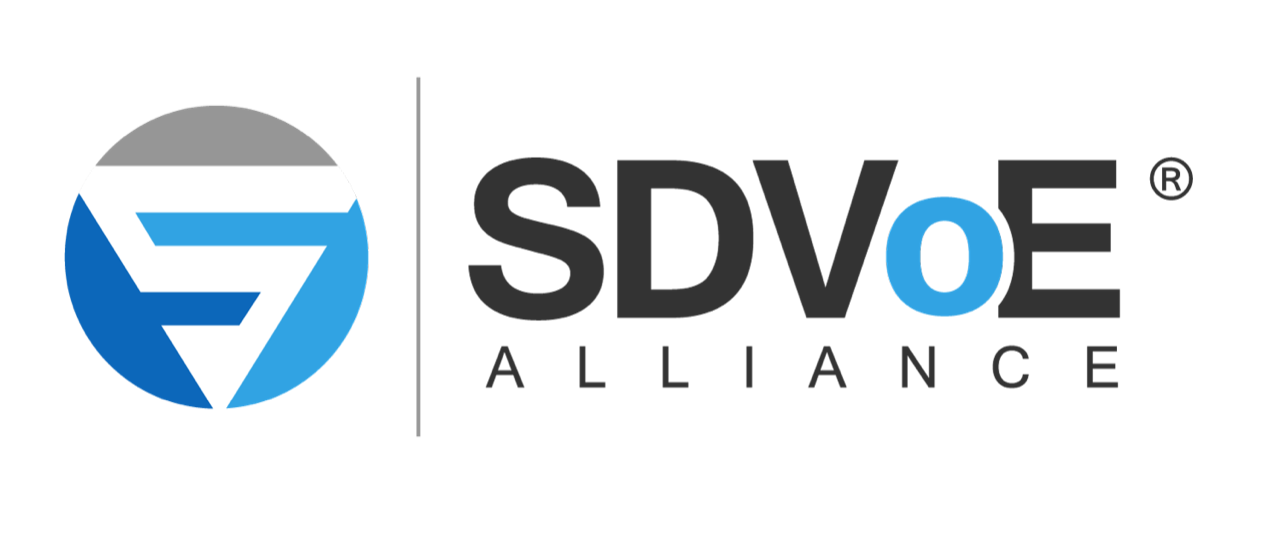WyreStorm Technologies Corp. has upgraded its membership with the SDVoE Alliance to a contributing member. SDVoE Allianc is a nonprofit consortium of technology providers collaborating to standardize the adoption of Ethernet to transport AV signals in professional AV environments.
[Xyte, SDVoE Alliance Announce Partnership]
WyreStorm is a vertically integrated prime manufacturer of award-winning AV distribution and unified communication solutions for commercial pro AV, residential CI, and many more various global markets.
"We are excited that WyreStorm has upgraded from an adopting member to a contributing member of the SDVoE Alliance," noted SDVoE Alliance president Justin Kennington. "We look forward to the continued collaboration with WyreStorm as a valued member of the SDVoE Ecosystem."
[Apantac Joins SDVoE Alliance]
WyreStorm CEO Don Seguin told the SDVoE Alliance he believes it is "unbelievably important to invest in the technology that drives the industry and our customer; what better way than to become more involved in the actions of it? As the COO of WyreStorm Technologies Corp., I am incredibly proud of the products we offer to our customers. We are in the process of some huge changes within the organization and need to ensure we have the proper partners going into them."

In recent years, industry demands for remote data collection and real-time content management have dramatically increased AV-over-IP applications. AV-over-IP technology supports high-quality audio/video transmission over long distances without latency, making it ideal for content streaming applications. All AV distribution and processing applications that demand zero-latency and uncompromized video can benefit from SDVoE technology, which provides an end-to-end hardware and software platform for AV extension, switching, processing and control through advanced chipset technology, common control APIs and interoperability. SDVoE network architectures are based on off-the-shelf Ethernet switches, thus offering substantial cost savings and greater system flexibility and scalability over traditional approaches, such as point-to-point extension and circuit-based AV matrix switching.
